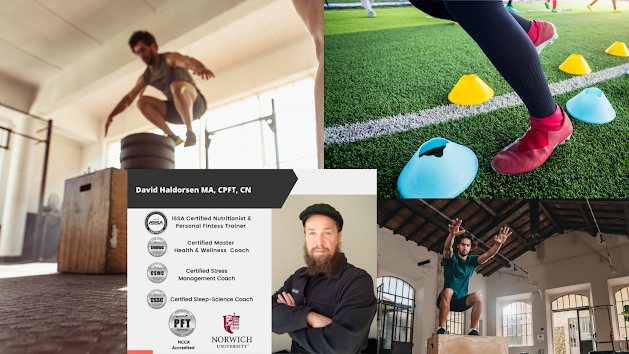How to Fall Asleep Fast - in 5 Minutes or Less - Based on Science
As a Certified Sleep Science Coach, I can tell you: many people have sleep issues at one point or another, and the good news is that there are ways to fall asleep quickly - in 5 minutes or less!
But how can you do this?
It starts by understanding how your body works.
Take this special, rapid sleep technique used by the military designed to help soldiers fall asleep in as little as two minutes!
Here are the steps:
1. Relax your face, eyes, jaw, mouth, cheeks, tongue, and neck. Let go of any tension in your shoulders and arms, sinking into the chair or bed.
2. Slowly relax each muscle in your right arm - starting with your biceps, forearms, and hands - then do the same on the other side. Keep breathing slowly and deeply throughout this exercise.
3. Exhale and relax your chest.
4. Relax your legs - starting with your right thigh, then calf, ankle, and foot; repeating the same process on the left side.
5. Clear your mind by holding an image that is relaxing to you. If this does not work, try repeating "Don't think" in your mind for 10 seconds.
6. You should feel relaxed and ready to drift off into a peaceful sleep.
There's no public research backing this specific technique, but it is similar to Progressive Muscle Relaxation Training which has a massive evidence base supporting it across many clinical applications.
Progressive Muscle Relaxation (PMR) is a widely accepted technique to help people relax and fall asleep more easily. It has been backed by science and proven to be an effective tool in relieving the symptoms of insomnia and helping improve the quality and duration of sleep.
PMR combines deep breathing techniques, tensing, and releasing muscles. Through this process, people can release muscle tension, reduce other physiological stress indicators (such as breath rate), and enter into a state of relaxation, which very quickly encourages better sleep.
Your goal in PMR training is to practice at least once daily for about a month.
Eventually, you want to be able to scan your whole body in about 90 seconds and release the muscle tension without even having to tense and relax each muscle group.
I will share a link to the best 15-minute YouTube video you can use right now to start mastering the PMR technique.
But first, I want to share this powerful, rapid relaxation breathing technique that can help you trigger your body's deep relaxation response in as little as 5 seconds! I recommend using it throughout your PMR practice with the video I will share shortly - to really fall asleep fast.
The "physiological sigh" breath is a technique developed (based on much older research) by Dr. Andrew Huberman to help people relax and fall asleep fast.
This method works by combining deep breathing with a quick exhalation, which mimics how we naturally sigh when feeling stressed or overwhelmed. Sighing in this specific way helps us reset our body's nervous system and prepare for more profound relaxation.
Here's how to practice the "physiological sigh" technique:
- First, sit or lay down comfortably with your eyes closed.
- Start by beginning a slow deep breath in through your nose, but...
- Right in the first second, after you start inhaling through your nose...
- Take two very short but very strong and fast inhales through your nose.
- Then breathe out through your mouth normally and repeat three-time
So how does this work?
Have you ever seen someone who had just been intensely crying but starting to calm down?
Notice how they would do this "physiological sign" - taking two fast, short breaths in a row, naturally and automatically, periodically as they calmed down?
This is actually a response built into the human nervous system to help us calm down after being profoundly emotionally upset! This is probably a big part of why having a "good cry" can feel so good afterward.
The physiological sigh is so potent at inducing the body's relaxation response that there's a five-second delay built-in to stop us from fainting from the rapid drop in blood preasure!
Ok, so here's the PMR training video I recommend you check out next if your goal is to learn to fall asleep in 5 minutes or less.
And please, don't forget to add the "Physiological Sigh" breathing technique throughout your PMR training.
Also, check out my recent post on how to improve sleep "quality," not just sleep "quantity" or how fast you fall asleep.
Sweet dreams! - Click Here for Online Coaching



Comments